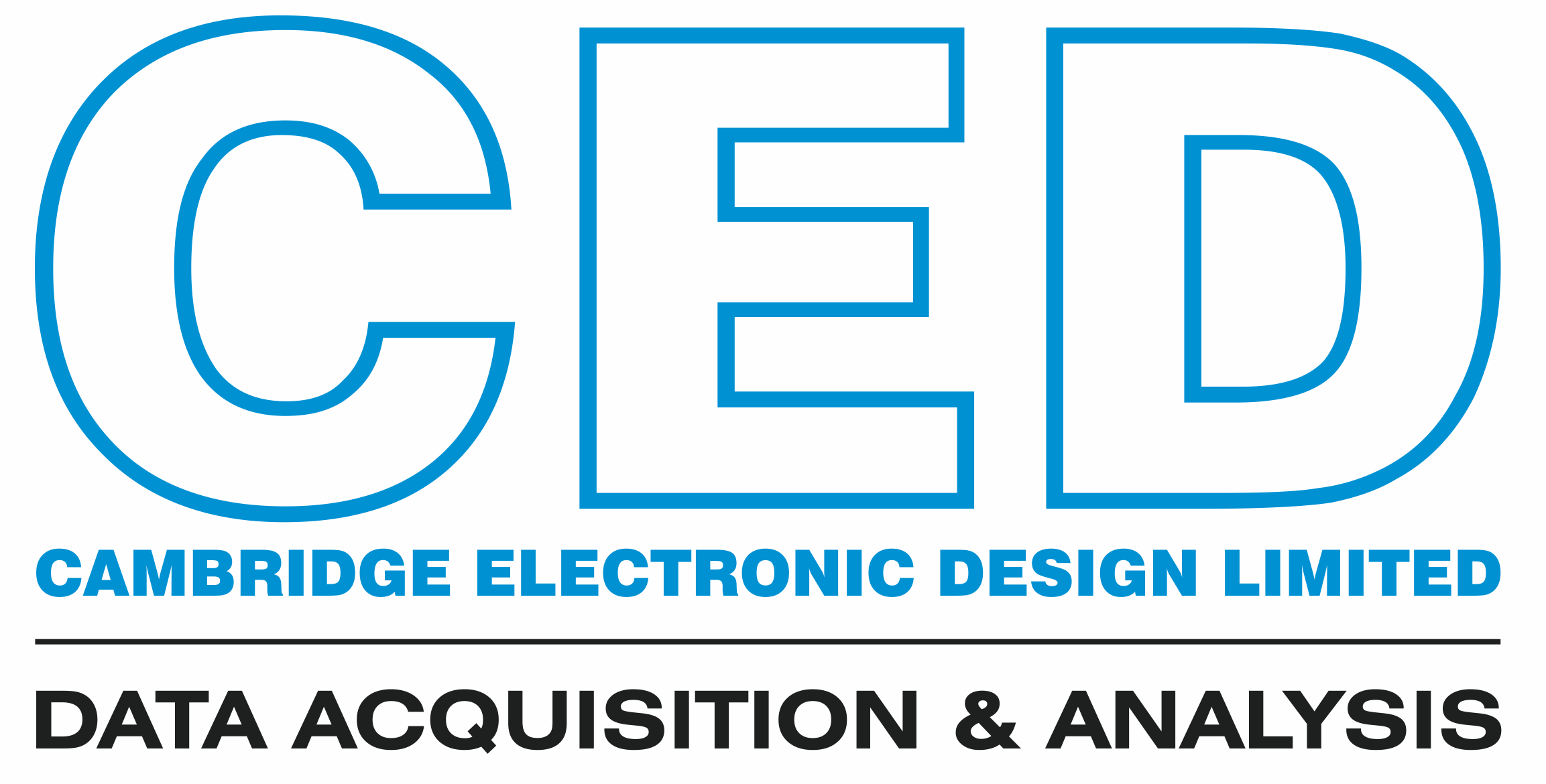Neural Control of Movement Satellite Meeting
Join us April 15th for the NCM Satellite Meeting “Artificial sensorimotor control from restoration to augmentation”. The Satellite meeting will be held at the Valamar Lacroma Dubrovnik Hotel in advance of the annual Society for the Neural Control of Movement Meeting.
Artificial sensorimotor control from restoration to augmentation
The satellite is organized by:
Tamar Makin, Cambridge University
Hayriye Cagnan, Imperial College
Sergey D. Stavisky, University of California, Davis
Silvestro Micera, EPFL
The focal point of this meeting is the confluence of cutting-edge neurotechnologies designed to improve motor control, encompassing Deep Brain Stimulation, Brain-Computer Interfaces, Peripheral Nervous Stimulation, as well as non-invasive counterparts such as prosthetics and exoskeletons. We will explore the spectrum from the restoration of impaired motor functions to the augmentation of existing capabilities and consider the myriad of motor control mechanisms harnessed by neurotechnologies, as well as their potential implications and applications. We will provide an overview of the current state of artificial sensorimotor control and also provide insight into how these technologies can evolve to address future challenges when technological advancement and user-driven brain plasticity meet. The proposed satellite meeting thus represents a unique opportunity to navigate and chart the future of this rapidly evolving landscape in neural control of movement.
Lead sponsor


In Memoriam
This year’s NCM’s satellite meeting will be dedicated to honouring the extraordinary impact of Sliman Bensmaia, a titan in the realm of artificial sensorimotor control. In the intricate symphony of neuroscience, Sliman Bensmaia was both a maestro and a rockstar. Sliman’s pioneering work, from mapping the brain’s tactile blueprint to creating a prosthetic arm that fist-bumped a President, was underscored by his indomitable spirit and unyielding curiosity. With the roaring spirit of a Harley rider and the uncompromising meticulousness of an artist tuning a grand piano to the perfect pitch, it’s not just the man of science we remember but the unforgettable man behind the science – the jazz enthusiast, the candid orator, the larger-than-life personality and the life of every party, who could out-drink the lot of us, leaving laughter and legendary tales in his wake at every NCM.
Tentative Satellite Meeting Program
*Please note, program will be updated as confirmed
08:00 – 08:30
Registration
08:30 – 08:45
Opening remarks
08:45 – 9:30
Scientific Keynote - Joseph O'Doherty, Neuralink
Next generation neural interfaces at Neuralink
Joseph O’Doherty leads the Next Gen team at Neuralink. His interests include bidirectional neural interfaces with the nervous system for the restoration of movement and sensation.
09:30 – 11:00
Session 1: Restoration
Potentiation of cortico-spinal output via targeted electrical stimulation of the motor thalamus
Elvira Pirondini, University of Pittsburgh
Restoring touch through a brain interface: Local geometric features encoded via patterned microstimulation of human somatosensory cortex
Giacomo Valle, University of Chicago
Therapies orchestrated by patients’ own rhythms
Hayriye Cagnon, Imperial College London
11:00 – 11:30
Coffee break
11:30 – 13:00
Session 2: Augmentation
Assistive, augmentative, and adaptive: Considerations for designing the future body
Dani Clode, Cambridge University
Augmenting mobility and motor performance: Soft wearable exosuits in wellness, rehabilitation and the workplace
Lorenzo Masia, Heidelberg
A wrist-based surface EMG neuromotor interface for human computer interaction that works across a population
Abby Russo, Meta Reality Labs
13:00 – 14:00
Posters & Lunch
14:00 – 15:30
Session 3: Future Horizons
Biomagnetic sensing: A high-performance approach to building non-invasive neural interfaces
Nishita Deka, Sonera
Next-generation neurotechnology for decoding and regulation of brain states – presented virtually
Maryam Shanechi, University of Southern California
Towards a clinically viable speech neuroprosthesis
Francis Willett, Stanford University
15:30 – 16:30
Posters & Coffee break
16:30 – 17:10
Non-technical keynote - John Krakauer, Johns Hopkins University
The training-technology nexus for neurorestoration and neuroprosthetics
The nervous system is experience dependent – it responds to training. Data from animal models to humans shows that behavioral improvement in the setting of a neurological condition is a function of the dose and intensity of training. Neurotechnology can either augment the efficacy of training for neurorestorative effects or training can improve the ability of a patient to use a neuroprosthetic. These interactions between behavior and technology will be explored.
17:10 – 17:30
Tribute to Sliman
17:30 – 18:15
Motor augmentation and art: Stelarc
Stelarc’s projects explore alternative anatomical architectures. He has performed and exhibited in Japan, Korea, China, Europe, the USA, South America and Australia. He is acknowledged internationally as a pioneer in Performance, Media Arts and by the Augmented Humans research community. He has used interactive media, prosthetics, robotics, virtual systems and the internet to actualise his ideas.
18:15 – 18:30
Poster Awards
The poster award decisions will be announced and recipients awarded a certificate.
Thank you to our satellite meeting sponsors & exhibitors







